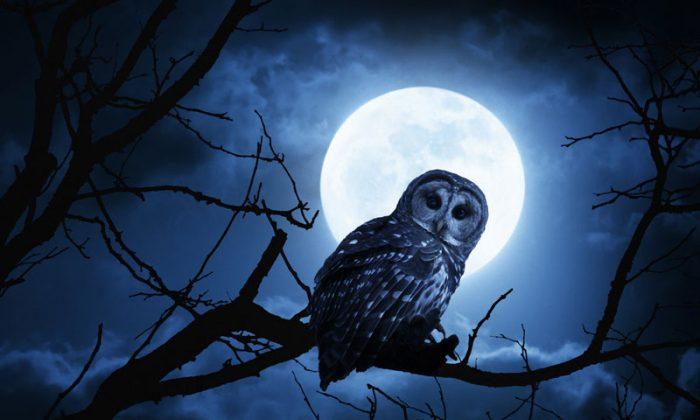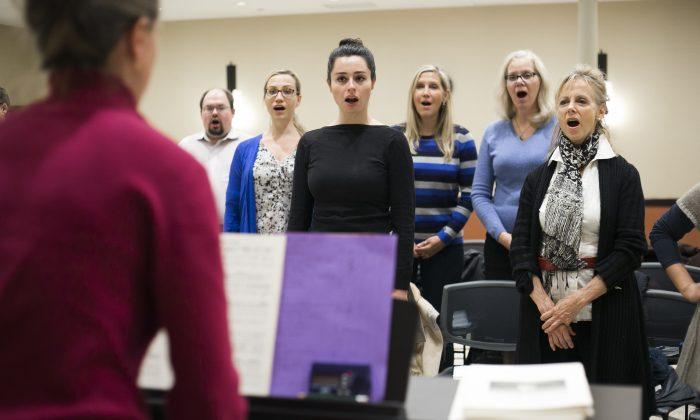People who tend to stay up late and wake up late in the morning are different in many important ways from early risers, new research shows.
“Night owls, both males and females, are more likely to be single or in short-term romantic relationships versus long-term relationships, when compared to early birds,” says Dario Maestripieri, a professor in the University of Chicago’s comparative human development department. “In addition, male night owls reported twice as many sexual partners than male early birds.”
The study, published in the journal Evolutionary Psychology, draws on data from earlier research of more than 500 graduate students at the University of Chicago’s Booth School of Business. That initial study assessed financial risk aversion among male and female students and found men are more willing to take financial risks than women. However, females with high testosterone levels were more similar to males in financial risk taking, that study shows.
Maestripieri wanted to explore why men take more risks than women. He was curious whether sleep patterns have any influence on these tendencies through an association with differences in personality and in novelty-seeking.
Men vs. Women
The study participants (110 males and 91 females) provided saliva samples to assess their levels of cortisol and testosterone. Those levels were measured before and after participants took a computerized test of their tendencies for financial risk aversion.
The participants also described their own willingness to take risks, and gave information about their sleep patterns.
Men had higher cortisol and testosterone levels than women; however, night owl women had cortisol levels comparable to night owl and early morning men. Maestripieri’s study suggests high cortisol levels may be one of the biological mechanisms explaining higher risk-taking in night owls.
Maestripieri explains that some people have chronically high cortisol levels regardless of stress, which is known to increase cortisol for short periods of time. These people have high metabolism, high energy, and arousability. Higher cortisol can be associated with higher cognitive function. And he says there are some studies that show that high-achieving, successful people have high cortisol levels.
More men than women consider themselves night owls, and men sleep less overall. Maestripieri says preferences for being a night owl or early morning person are due in part to biology and genetic inheritance, but can also be influenced by environmental factors such as shift work or child rearing.
Gender differences in sleep patterns emerge after puberty and become weaker or disappear after women reach menopause, Maestripieri says.
Evolution and Sex
The link between the night owl tendency and risky behavior could have roots in evolutionary strategies for finding mates, Maestripieri adds.
“From an evolutionary perspective, it has been suggested that the night owl trait may have evolved to facilitate short-term mating, that is, sexual interactions that occur outside of committed, monogamous relationships,” Maestripieri says. “It is possible that, earlier in our evolutionary history, being active in the evening hours increased the opportunities to engage in social and mating activities, when adults were less burdened by work or child-rearing.”
The findings that night owls are less likely to be in long-term relationships and that male night owls report a higher number of sexual partners offer some support to this hypothesis, he says.
Maestripieri has replicated the main result of higher risk-taking in night owls with an expanded, non-student population and hopes to publish those findings soon.
Source: University of Chicago. Republished from Futurity.org under Creative Commons License 3.0.
*Image of “night owls“ via Shutterstock




